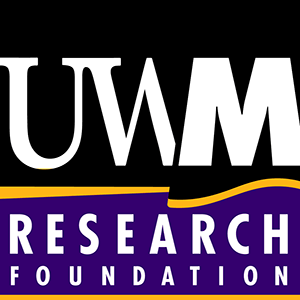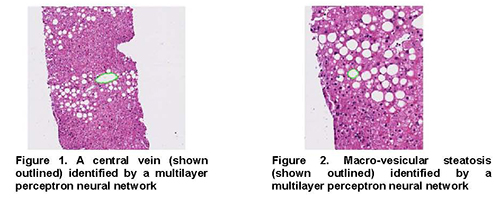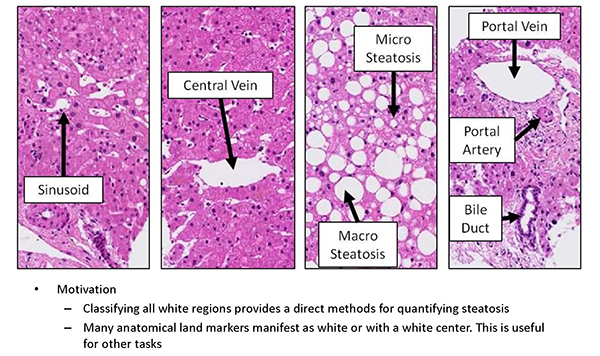
OTT1236
Applications
Fully automated way to accurately and quickly estimate steatosis (fat) grade (SG) without the inherent variability of human assessment.
Target Problems
Although SG is a key factor in the diagnosis and staging of common liver diseases, pathologist’s manual assessment of SG is semiquantitative, discontinuous, and variable. Variation in the assessment of steatosis, necroinflammation, and fibrosis can lead to errors in diagnosis and staging of Non-Alcoholic Fatter Liver Disease (NAFLD), the most common liver disease in the United States.
Key Features
- Automatic – Supervised machine learning to automatically learn rules for classification of white regions
- Multiple Applications – Can be used in quantification of steatosis grade, rapid assessment of candidate donor livers in the transplant setting, and biopsy index database search
- Faster – Quicker classification of biopsies
- More accurate – Minimizes variability observed in diagnosed made by human pathologists
Technology
The invention is a supervised machine learning approach for automatically classifying “white-regions” of liver biopsies into 1 of 7 categories, thus providing an important decision support system for pathologists. White-region classification can be applied in multiple analyses performed on liver biopsies, with assessment of steatosis (fat) grade (SG) perhaps being the most direct. With the development of high-resolution scanners for liver (and other) biopsies, automated methods that process digitized images can now be used in the clinic. Currently the method can accurately classify more than 90% of the white regions, which include steatosis (fat) and the important anatomical landmarks such as bile ducts, hepatic arteries and portal veins.
Intellectual Property
Copyrighted Software.
Inventor (s)
Joseph Bockhorst, PhD
Scott Vanderbeck, PhD
Samer Gawrieh, M.D.
Dr. Joseph Bockhorst is an Assistant Professor in the Department of Computer Science and Electrical Engineering at the University of Wisconsin-Milwaukee. He received his PhD in Computer Sciences from the University of Wisconsin-Madison and conducted Post-Doctoral work in the machine learning and applied statistics group with Microsoft Research. Dr. Bockhorst’s research focuses on machine learning and probabilistic approaches for uncovering patterns in sequential or temporal data. Dr. Samer Gawrieh is an Associate Professor in the Department of Gastroenterology and Hepatology, and the Medical Directory of Liver Transplantation at the Medical College of Wisconsin. His area of expertise includes Non-Alcoholic Fatty Liver Disease, liver transplantation, and liver disease.


